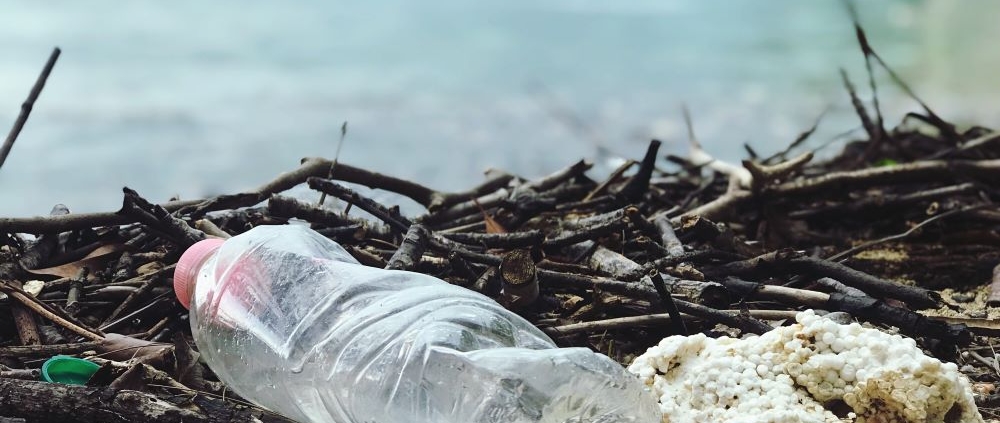The ‘WasteShark’ solar powered aquatic drone from Dutch company RanMarine removes floating pollution like plastics, algae and biomass from lakes, ponds, waterways, and harbours.
The WasteShark
The WasteShark is a mini-robot that floats, navigates autonomously, and scours the surface of the water for plastic waste and other pollution, then collects the waste it in its open ‘mouth’ and brings it to the shore.
It’s been described as operating like “a small autonomous vacuum cleaner” that cleans the water constantly and uses sensors and cameras that allow it to navigate waterways, detect pollutants, and avoid obstacles.
Also Collects Data
The WasteShark water drone is also able to collect data on water quality at the same time, e.g. it can monitor whether outboard water is suitable for swimming.
The Advantages
The advantages of the WasteShark include being emission-free, doesn’t result in any other pollution in the water, produces no noise or light pollution, is easy to deploy, collects waste in a simple and manageable way, and can be transported in the boot of a (fairly large) car. The WasteShark can also collect up to 500 kg of plastic and pollutants per day (the collected plastic is recycled).
The WasteShark, therefore, makes the collection of waste and pollution in water more efficient, less costly, and ultimately less harmful than current methods used.
Control and Range
The WasteShark is controlled via 4G, has a range of 3 kilometres, reaches a speed of 3 kilometres per hour, and can swim around autonomously for about 6 hours.
Where?
The first prototype was built and tested in Cape Town, South Africa. Since 2016, WasteShark drones now operate in the EU, Ireland, the UK, South Korea, India, Australia, and the USA amongst others.
Now In London
In March, RanMarine announced that it had teamed up with the Canary Wharf Group (CWG), Britvic, and Aqua Libra to launch the first WasteShark into the Middle Dock at Canary Wharf in London.
What Does This Mean For Your Organisation?
Pollution of waterways, particularly plastic, is a big problem globally, and there are now many innovative new ways to tackle it. The simplicity, autonomous nature and emission-free operation of the WasteShark mean that it appears to be a more efficient, less costly, and less harmful than current methods way of tackling water pollution, albeit on a small scale. It also offers the added benefit of collecting data on water quality while it cleans, giving it an extra environmentally friendly dimension. For a relatively small water drone, it can collect a lot of waste to recycle and the fact that it goes about its business autonomously is convenient and requires no extra labour resources. Although it’s just one of many different solutions to the plastic pollution problem, the fact that it is already being used in many countries shows that it has real-world value.
If you would like to discuss your technology requirements please:
- Email: hello@gmal.co.uk
- Visit our contact us page
- Or call 020 8778 7759
Back to Tech News



